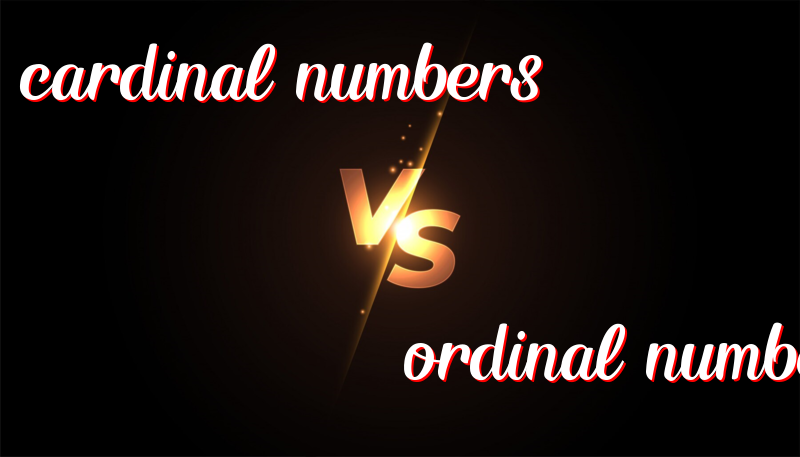Understanding Cardinal and Ordinal Numbers: A Simple Guide
Cardinal Numbers vs. Ordinal Numbers
Introduction
Numbers are everywhere. We use them to count things and to know the order of things. In English, there are two main types of numbers: cardinal and ordinal numbers. Let’s learn about them and how to tell them apart!
What are Cardinal Numbers?
Cardinal numbers help us count things. They tell us “how many” there are. Cardinal numbers are the basic numbers we use like 1, 2, 3, and so on. The word “cardinal” comes from the Latin word “cardinalis,” which means important, because these numbers are very important in counting.
Examples of Cardinal Numbers:
- I have three apples.
- There are five students in the class.
- Do you have ten pencils?
- My sister found four coins.
- We need eight chairs for the party.
What are Ordinal Numbers?
Ordinal numbers help us know the order of things. They tell us which one comes first, second, third, and so on. “Ordinal” comes from the Latin word “ordinis,” which means order. These numbers tell us the position in a list or line.
Examples of Ordinal Numbers:
- I finished in first place in the race.
- She came in second in the spelling bee.
- The third book on the shelf is my favorite.
- My birthday is on the twentieth of June.
- This is the fifth time I’ve watched this movie.
Trick to Remember the Difference
To remember the difference, think of Cardinal as “Counting” numbers. They answer “how many?” For Ordinal, think of “Order.” They show the order of things. If the number says position, it’s ordinal.
Summary
Cardinal numbers are used to count, like 1, 2, 3. Ordinal numbers show order or position, like first, second, third. Remembering which is which helps us use numbers the right way when counting or ordering things.

Leave a Reply
You must be logged in to post a comment.